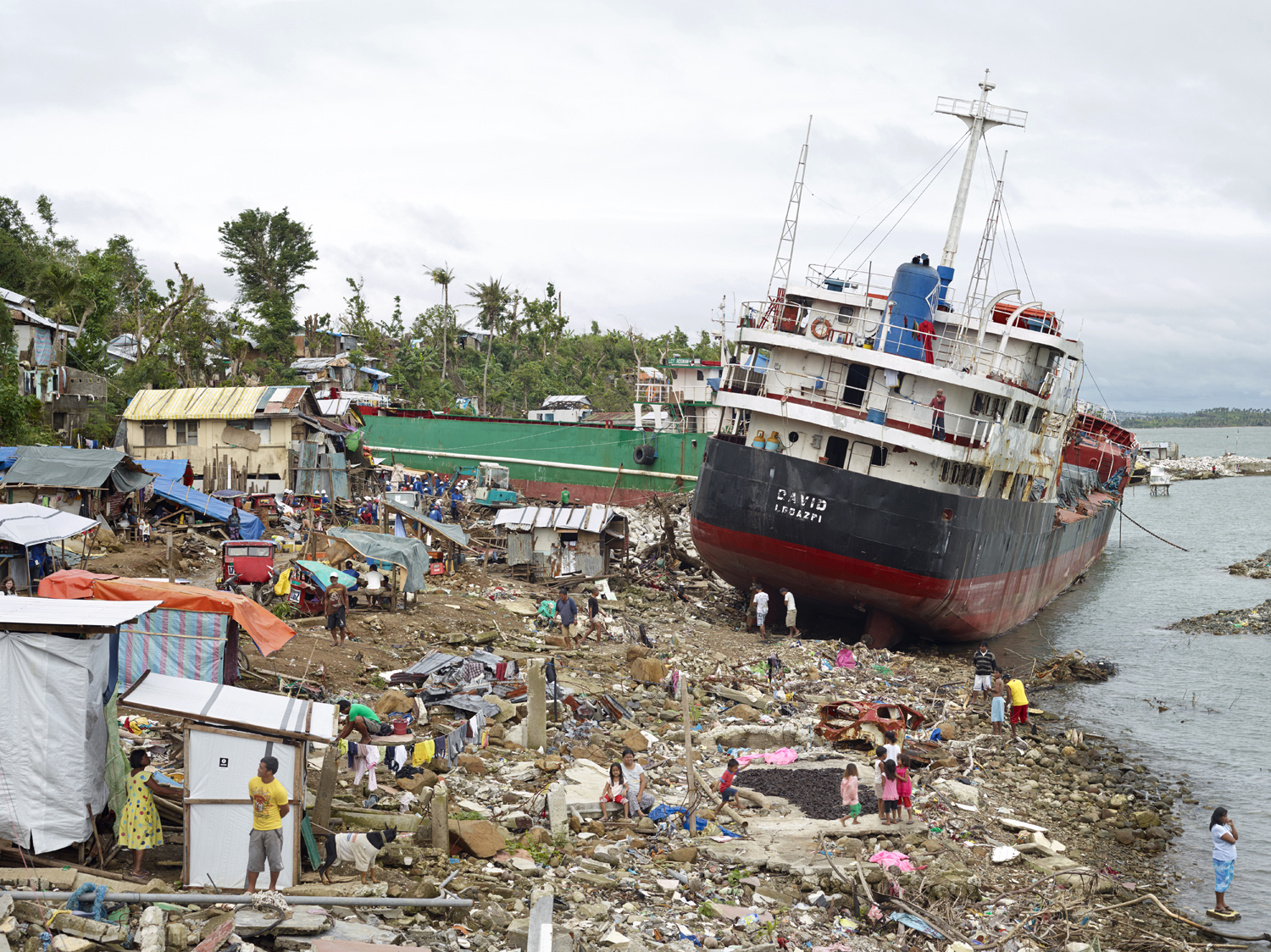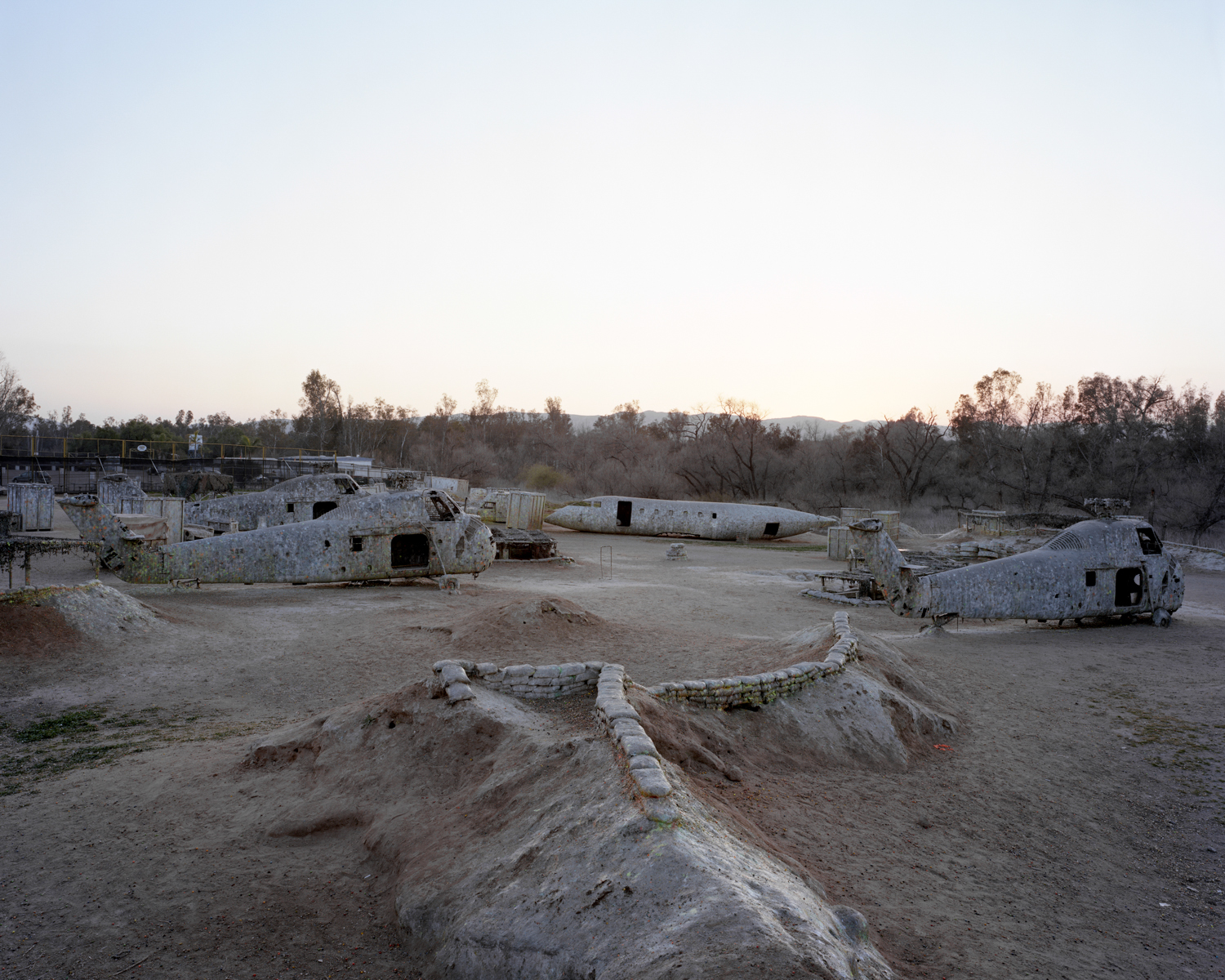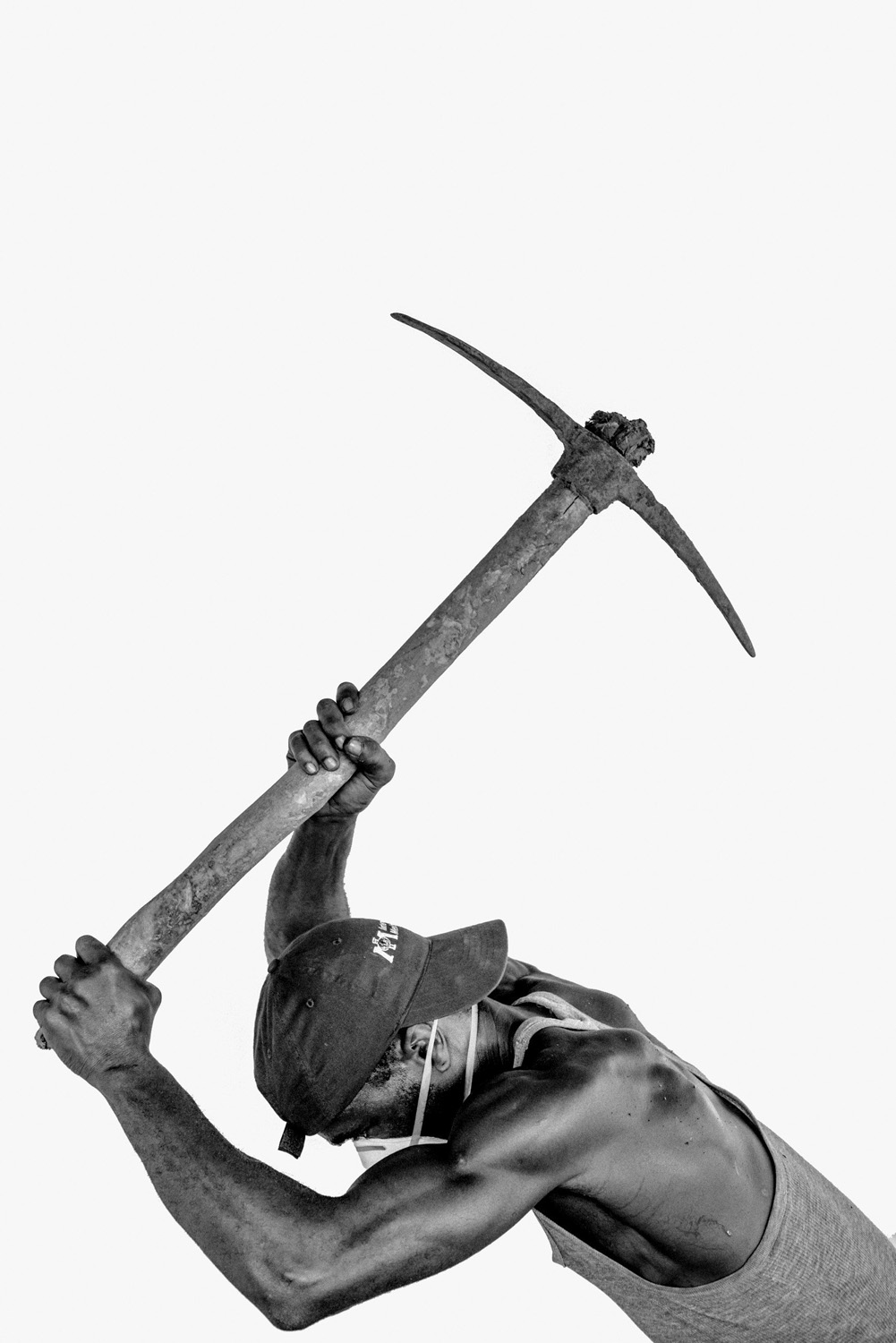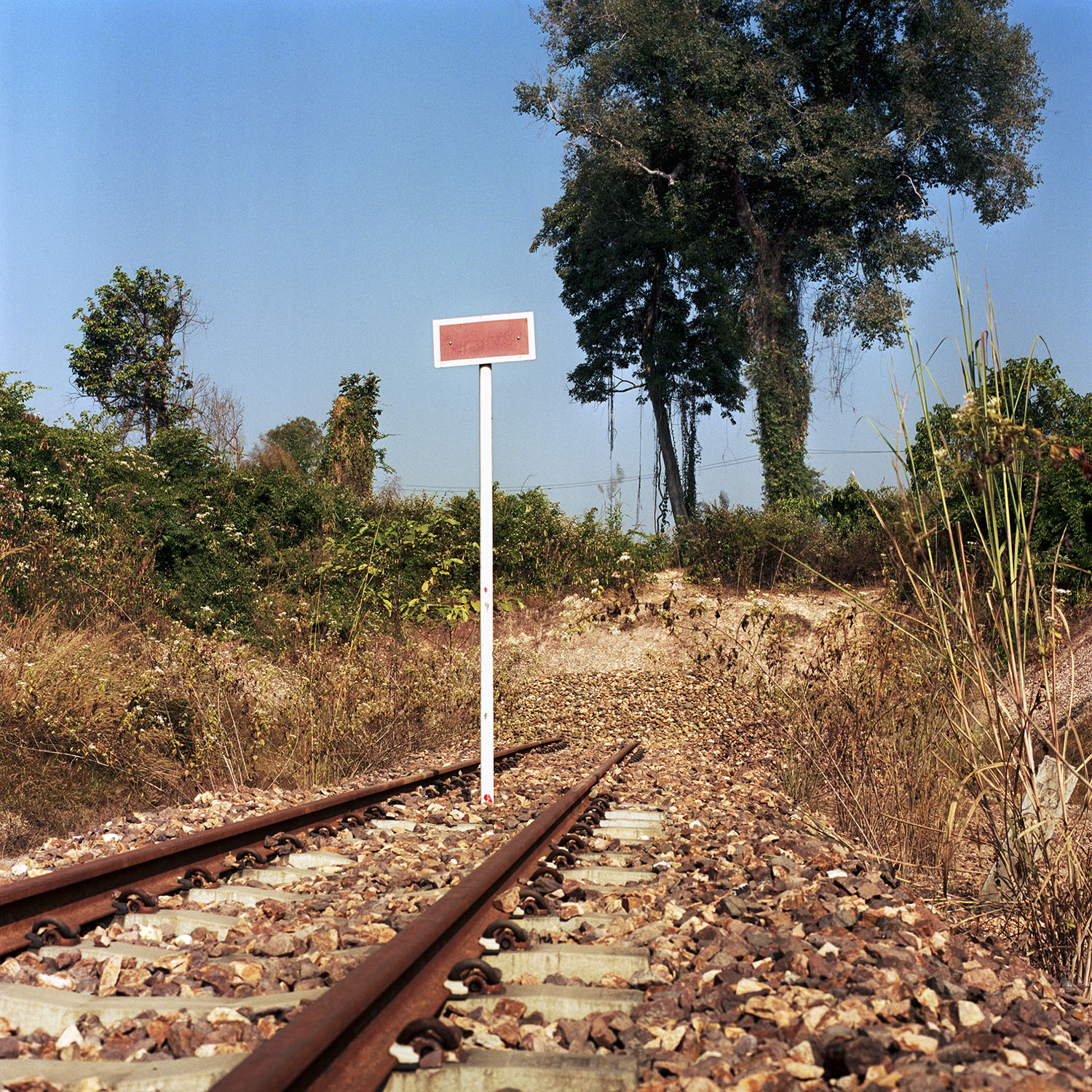
Today’s daily Photojournalism Links collection highlights Dai Kurokawa’s work on poaching in Kenya, where elephants and rhinoceroses are targeted for their tusks and horns. The ivory and keratin are then used in souvenirs and jewelry, as well as medicine, particularly in Asia. This photograph of the mutilated corpse of a pregnant black rhinoceros is devastating. Fortunately, as Kurokawa’s other images show us, there are also efforts to protect them.
Dai Kurokawa: Poaching in Kenya (European Pressphoto Agency)
Simon Roberts: Tacloban: a year after typhoon Haiyan (The Guardian) A series of transition landscapes tracking the change in Tacloban, taken soon after the typhoon, and eight months later.
Brett Van Ort: Imaginary Battlefields (Wired Raw File) These photographs of paintball arenas in the United Kingdom and the U.S. resemble foreign battlefields from Vietnam, Iraq, and Afghanistan, raising the issue of looking at war as entertainment.
Portraits of Those Braving Ebola (The New York Times Lens) Background information on how Daniel Berehulak executed his powerful portrait series that we highlighted in our post on Monday.
Ore Huiying (Verve Photo) The Singaporean photographer writes about her picture from Laos showing a part of the country’s one and only two-mile railway line.
Photojournalism Links is a compilation of the most interesting photojournalism found on the web, curated by Mikko Takkunen, Associate Photo Editor at TIME. Follow him on Twitter @photojournalism.





More Must-Reads From TIME
- The 100 Most Influential People of 2024
- The Revolution of Yulia Navalnaya
- 6 Compliments That Land Every Time
- What's the Deal With the Bitcoin Halving?
- If You're Dating Right Now , You're Brave: Column
- The AI That Could Heal a Divided Internet
- Fallout Is a Brilliant Model for the Future of Video Game Adaptations
- Want Weekly Recs on What to Watch, Read, and More? Sign Up for Worth Your Time
Contact us at letters@time.com